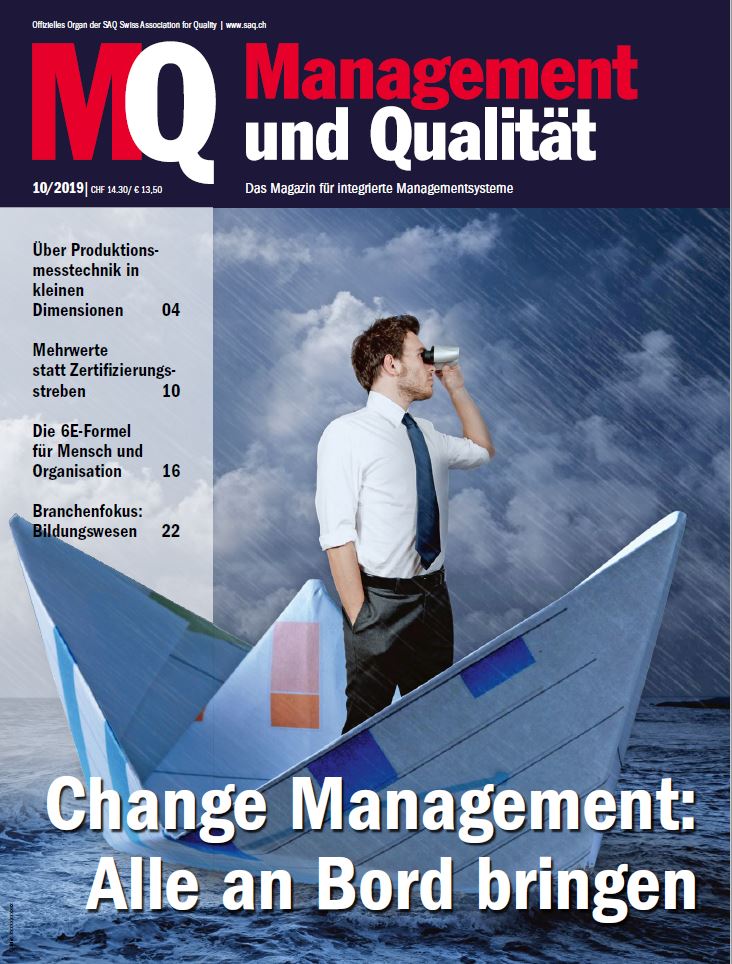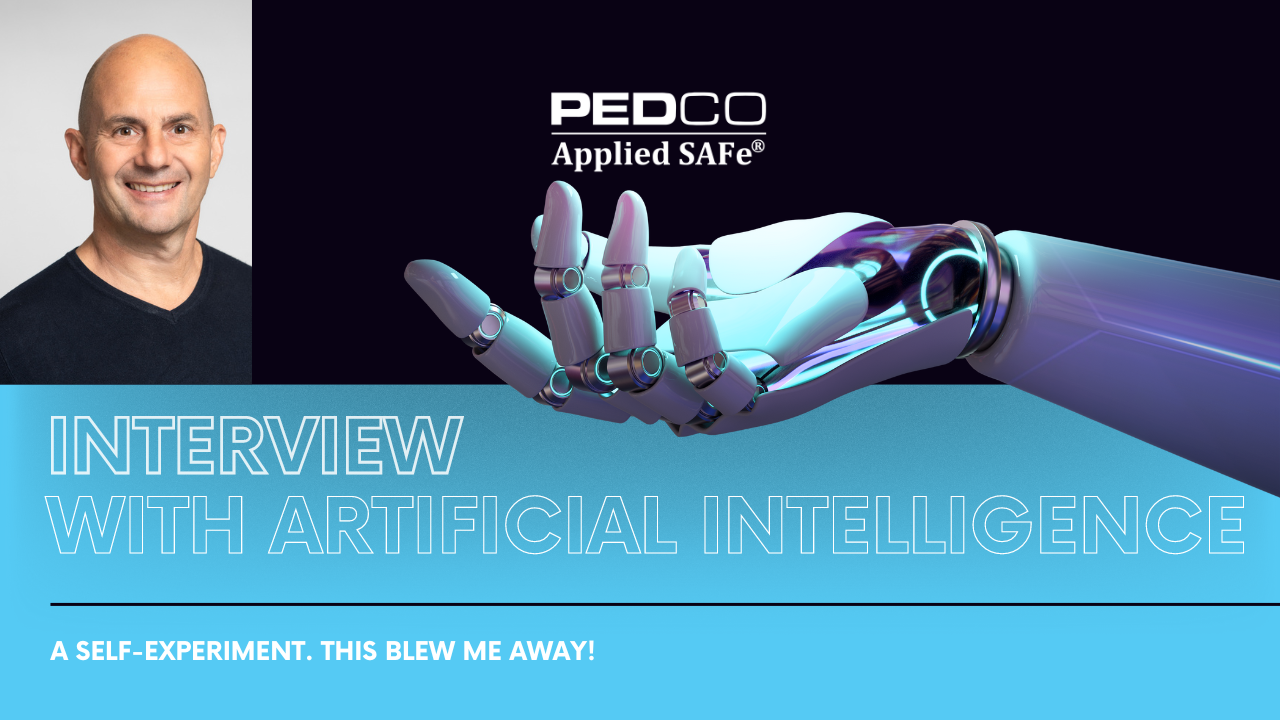Peter Pedross, is on the Board of Directors at SAQ Swiss Association for Quality, and in December 2019 he contributed to their monthly magazine, Management and Quality. Below you can read the English version of the article, the original version is in German.
UPDATE: April 17th, 2020
It’s amazing to see that our focus changes now from ‘Digital Disruption’ to ‘Disruption’. The amount of changes, new business, new way of working and new ways to interact is enormeous. This is asking for more Business Agility than ever!
We live in an age of digital disruption. The success of almost every company depends on its ability to create new digital platforms, products, and services. Even companies that did not see themselves as technology companies in the past – in industries such as banking, production, shipbuilding, transport, healthcare, etc. – rely heavily on their ability to continuously innovate.
Mastering the complexity of digital disruptions requires that companies become lean and achieve this in the shortest sustainable delivery time with the best quality and best-added value for their customers. They do this by combining “Agile” – an approach that unleashes the creativity, knowledge and productivity of individual teams – with “lean” which focuses on leadership, sustainable value flow, and avoiding waste and delays. Over the past 20 years, Agile has emerged from software development and over the past five to ten years has also flowed into the development of complex systems; which are systems that also include hardware and to which people entrust their lives. In the meantime, almost all complex systems, including those in regulatory environments, have been developed using agile approaches, and this has now spread to other areas, such as service delivery, HR, and strategic business agility.
Based on research results, company and community feedback, and advances in lean and agile thinking, a few frameworks have been developed that enable companies to be successful, even in the midst of digital disruptions. Mastering these new skills is critical to achieving and maintaining a competitive advantage in today’s marketplace. These new core competencies, along with the values, mindsets, principles and practices that guide teams to make solutions leaner and more agile, are tremendously complex and require a reorientation of every company.
This leads us back to management and quality. Only the management can initiate and lead such a fundamental reorientation. However, without correspondingly adapted quality approaches, this complexity cannot really be mastered. Nonetheless, even the quality approaches are completely new since there are a lot of different factors to take into account.
How Applied SAFe Relates
We have seen that there are organizations using different methodologies. These teams have different life cycles running Waterfall, Iterative, and Agile, more specifically SAFe, with no understanding of how to sync them. Some teams have to work remote, other teams have differnt measures to deliver the same kind of work.
With the help of Instantiation, the built-in functionality in Applied SAFe, each individual endeavor has the capability to have their own tailored version which really reflects what they are doing. This ultimately allows teams that work in various methodologies, such as the ones I mentioned above, to still work simultaneously.
Instantiation and Tailoring in a Digital Transformation
Send download link to:
Interested to view the full German magazine? Feel free to view the online version here.




